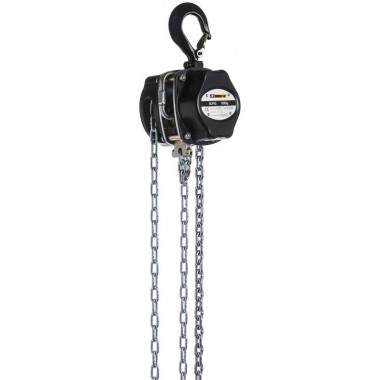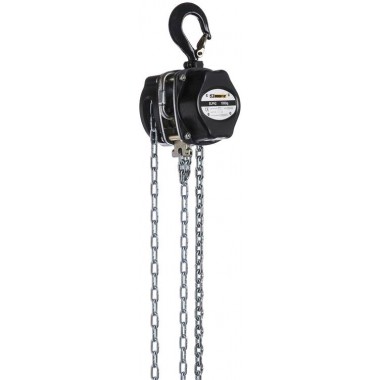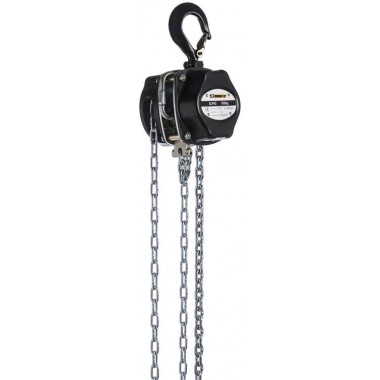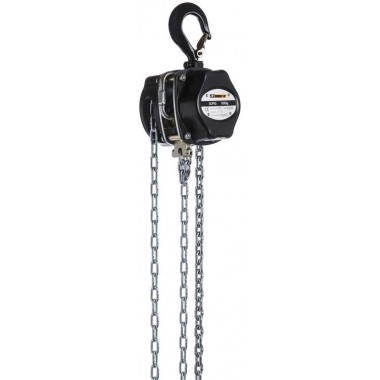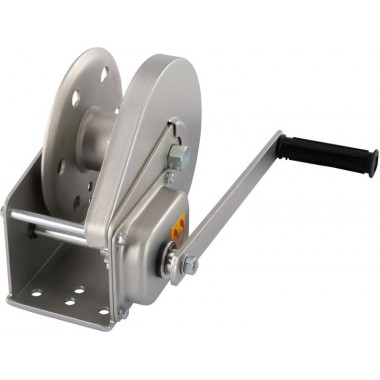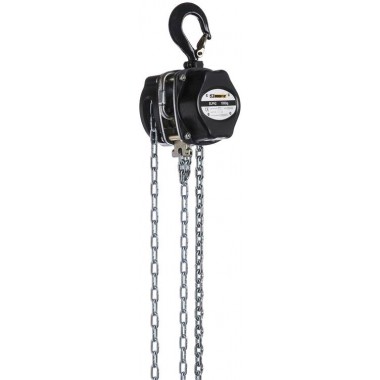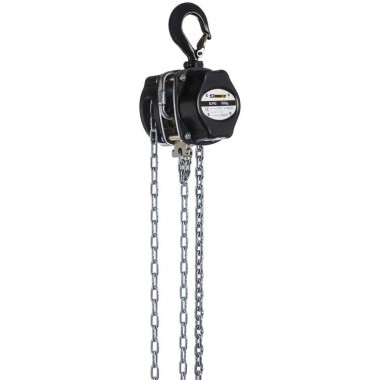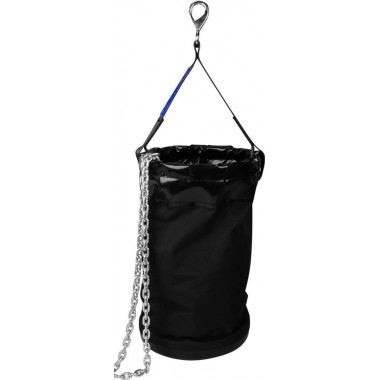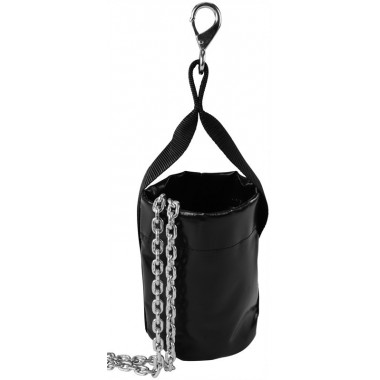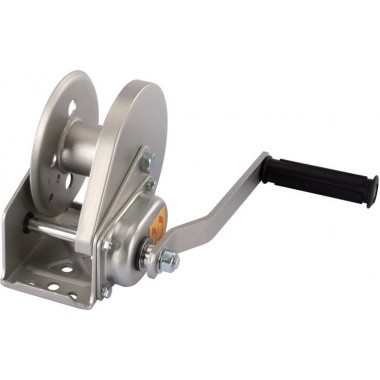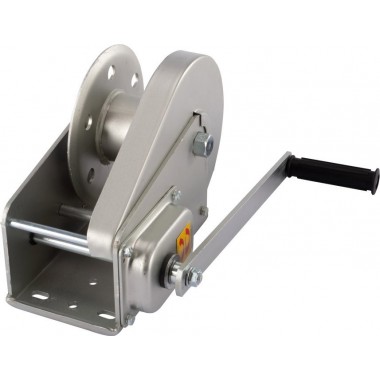Chain hoists
Hoists not only facilitate the assembly and disassembly of heavy structures, but also ensure safety and efficiency at work. Below, we present a selection of the best hoists and motors on the market..., covering everything you need to know about them, from their types and uses to their differences with other lifting devices.
Read more
What are Hoists?
Hoists are mechanical devices designed to lift and move heavy loads with ease. They use a system of pulleys and ropes or chains to multiply the force applied, allowing objects to be lifted that would otherwise be impossible to move manually. These devices are essential on stages, theaters and events where the handling of heavy equipment is frequent.
You may also be interested in industrial pulleys or steel safety cables
Types of Hoists
Manual hoists
Manual hoists are operated by hand, using a chain or rope to lift the load. They are ideal for applications where an electrical power source is not available or where precise control of the lift is required. They are commonly used in workshops, warehouses and small stages.
Electric hoists
Electric hoists use an electric motor to lift and move loads. They are much faster and require less physical effort than manual hoists, making them perfect for applications that require lifting heavy loads frequently and quickly. They are widely used in large stages, events and theatrical productions.
Chain Hoists
Chain hoists can be manual or electric and use a chain instead of a rope to lift loads. Chains are more durable and can support heavier loads than ropes, making them ideal for industrial and stage applications where very heavy loads are handled.
Differences between pulleys and hoists
Pulleys are wheels with a groove in the edge through which a rope or chain passes. They are used to change the direction of an applied force and may provide minimal mechanical advantage. Simple pulleys do not significantly reduce the amount of effort required to lift a load.
Hoists, on the other hand, are systems that combine several pulleys to multiply the force applied, allowing much heavier loads to be lifted with less effort. A hoist can be considered as a series of pulleys working together, greatly increasing the mechanical advantage and reducing the effort required to lift loads.
Maintenance of hoists
- Regular inspection:It is crucial to perform regular inspections to ensure that the hoist is in good working order. Look for signs of wear on chains, ropes and pulleys, and replace any damaged components immediately.
- Lubrication: Moving components of the hoist, such as pulleys and chains, should be lubricated regularly to reduce wear and ensure smooth operation.
- Proper Storage: When not in use, hoists should be stored in a dry, clean location to prevent corrosion and other damage.
At PS STAGE, we are committed to providing the best solutions in hoists and motors for events and stages. Our extensive experience in the sector allows us to offer high quality products that comply with the strictest safety and efficiency regulations. Whether you need to lift sets, lighting equipment or any other stage component, our hoists are designed to give you the peace of mind and security you need.
If you are interested in equipment for events and concerts you may also be interested in visiting our slings section, fireproof ropes or our Industrial chains

